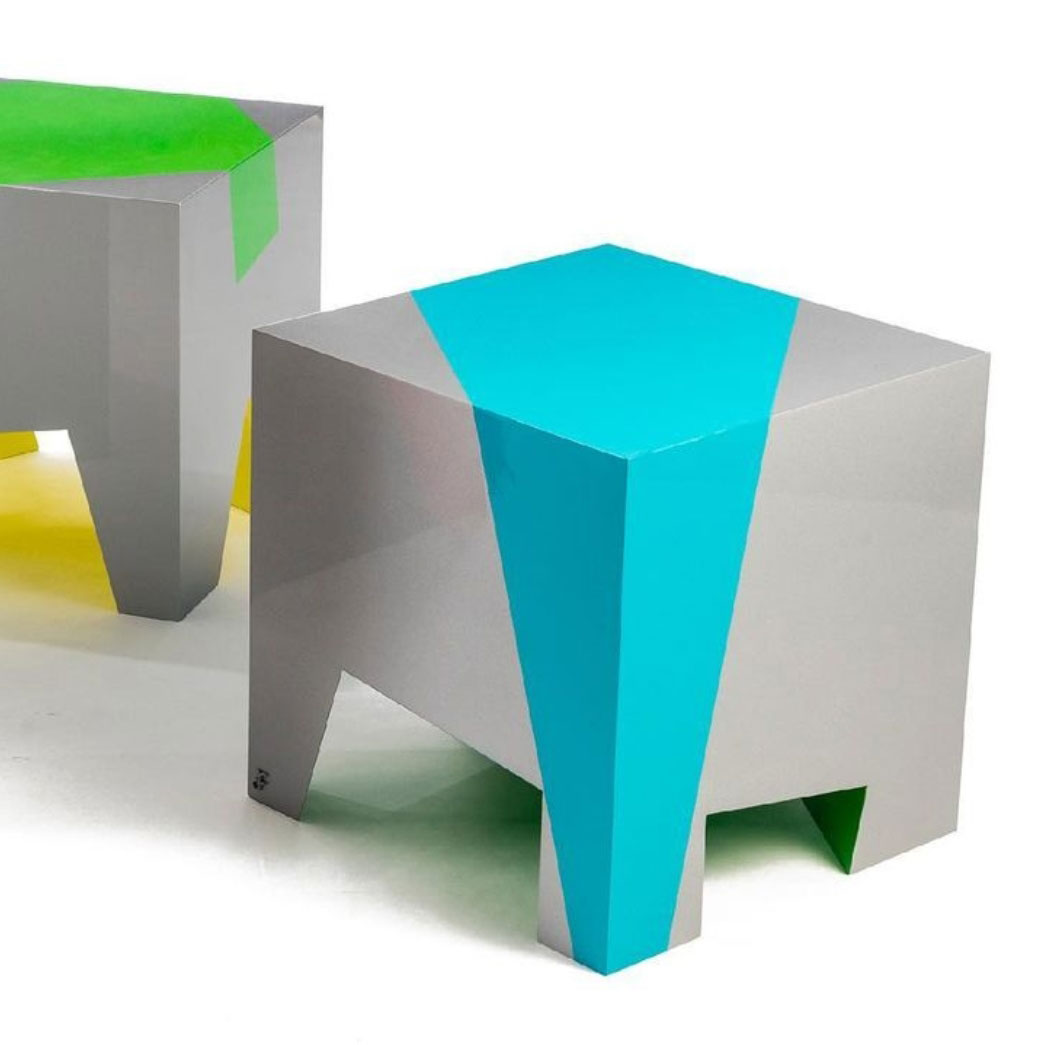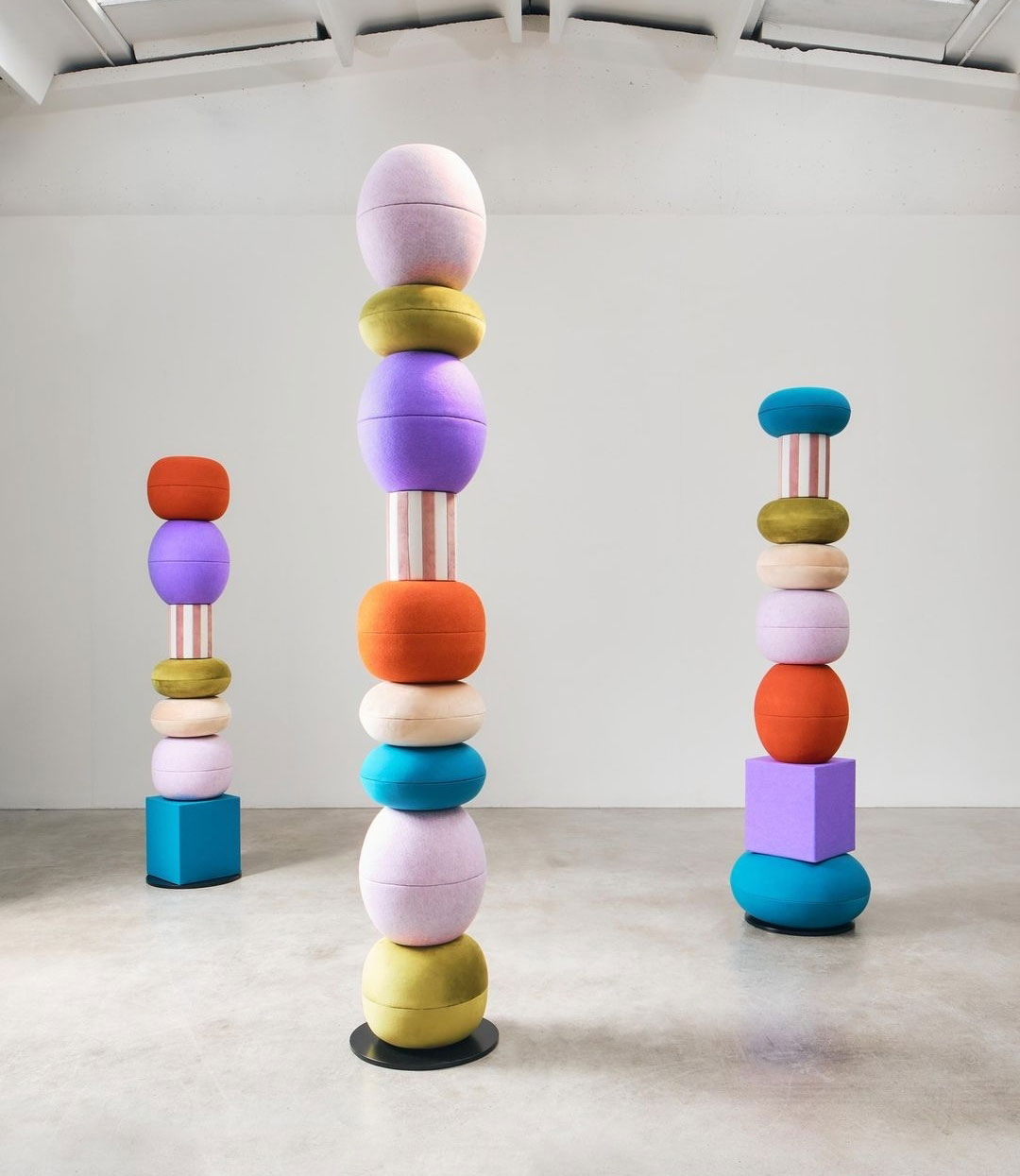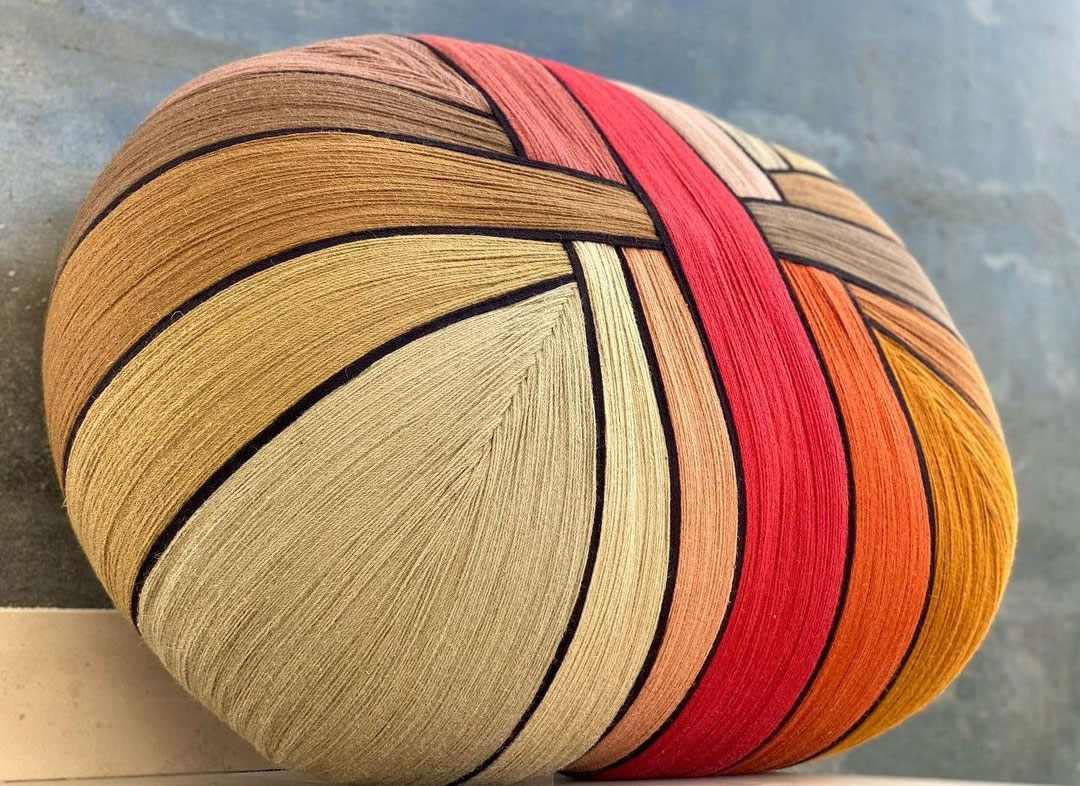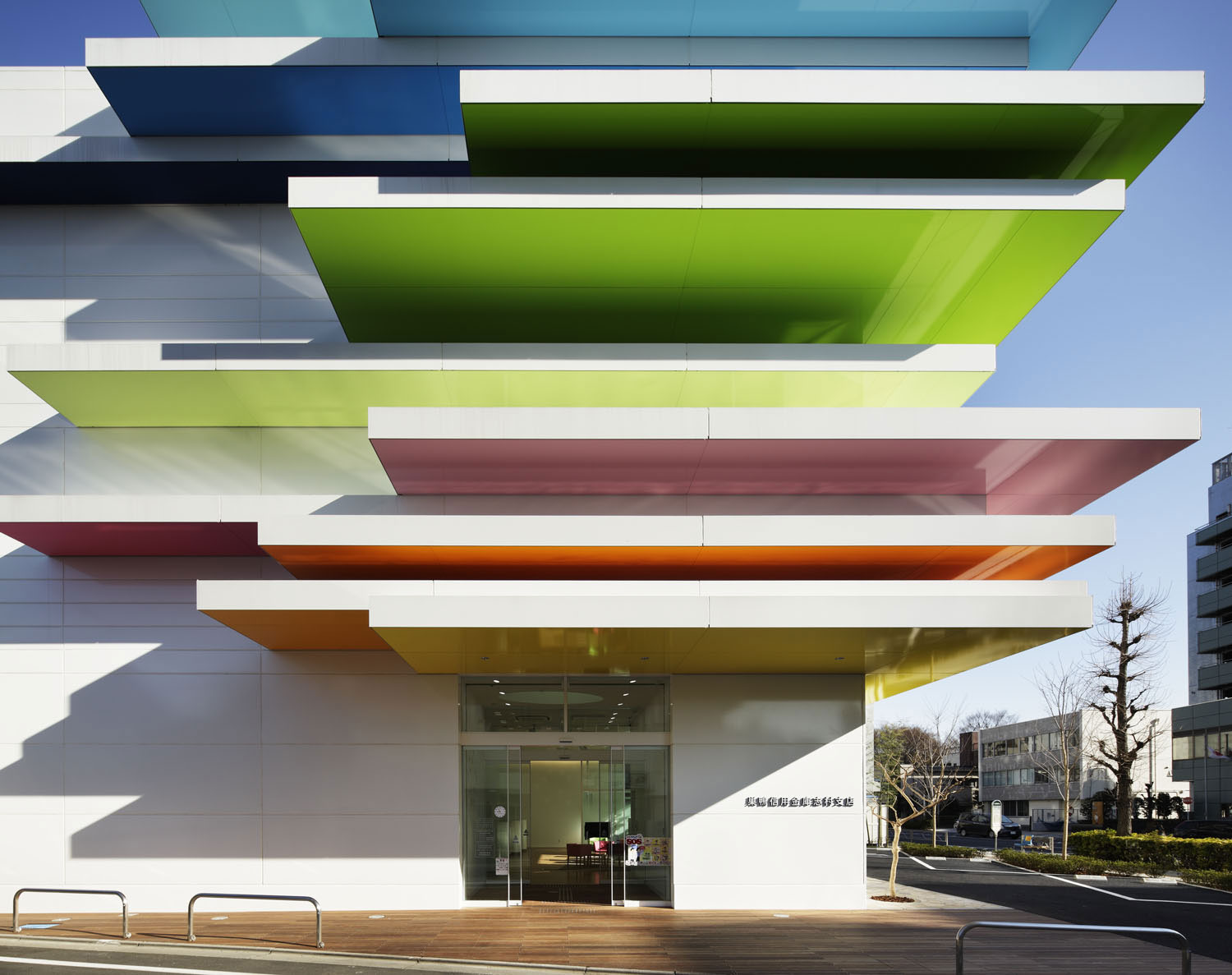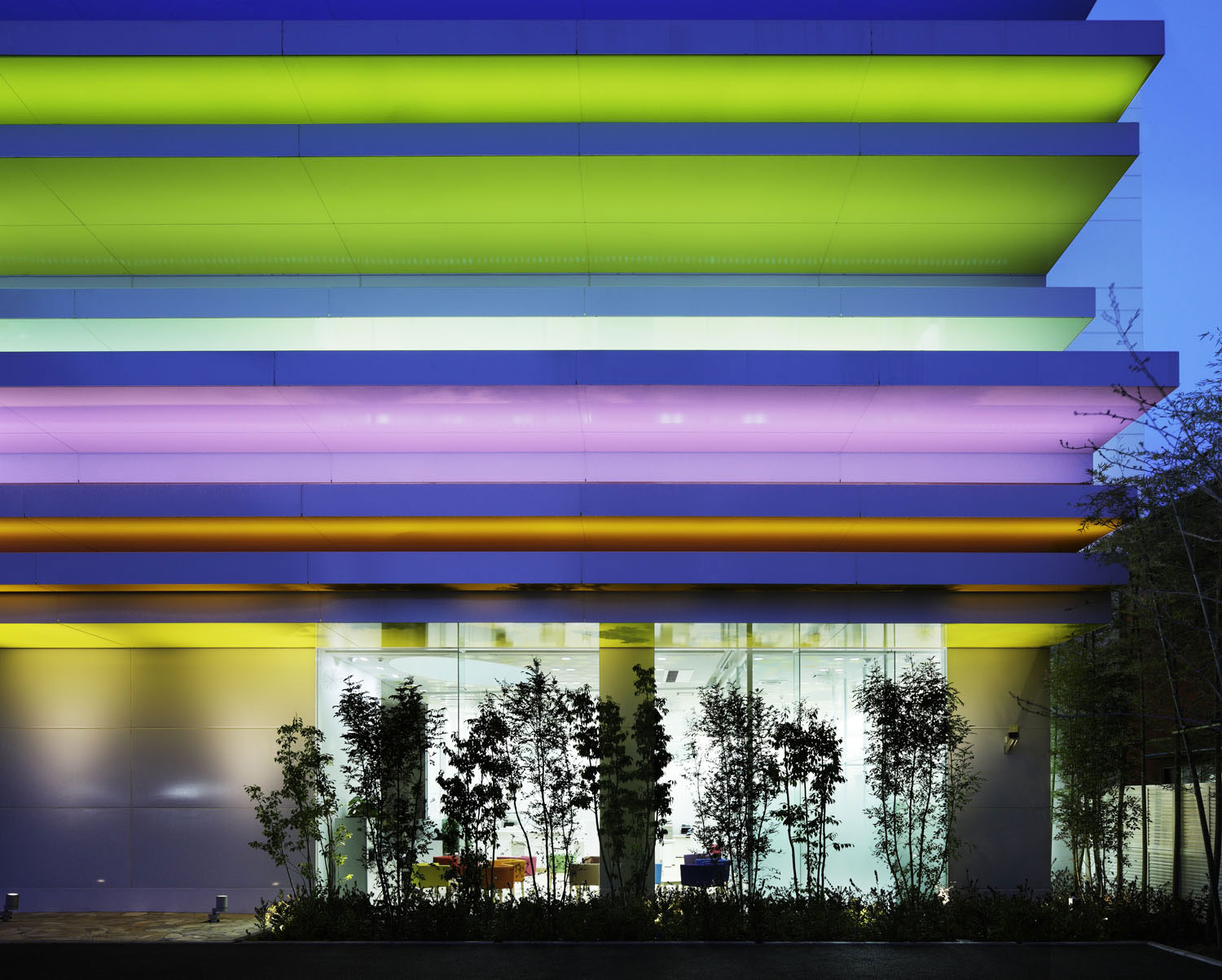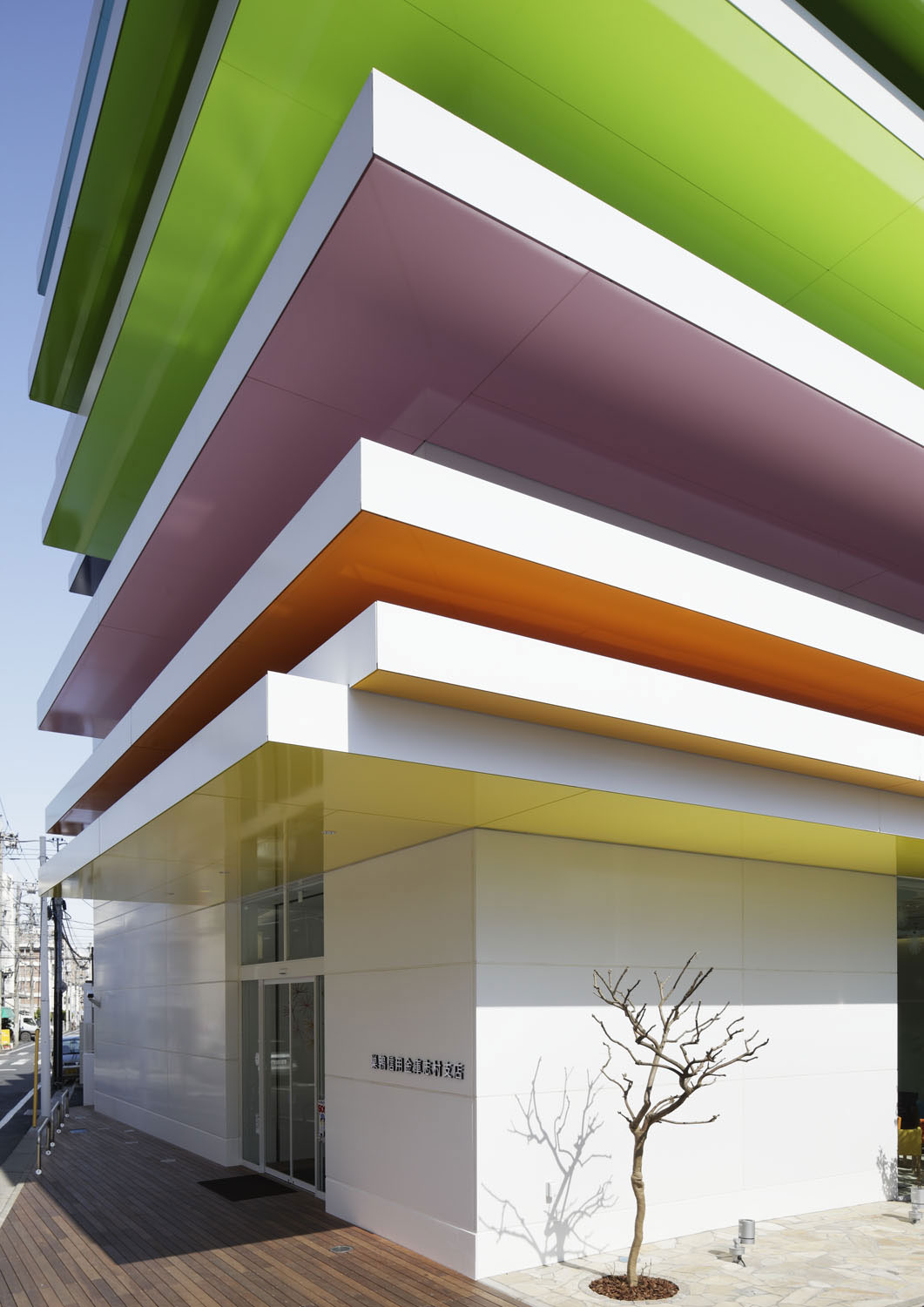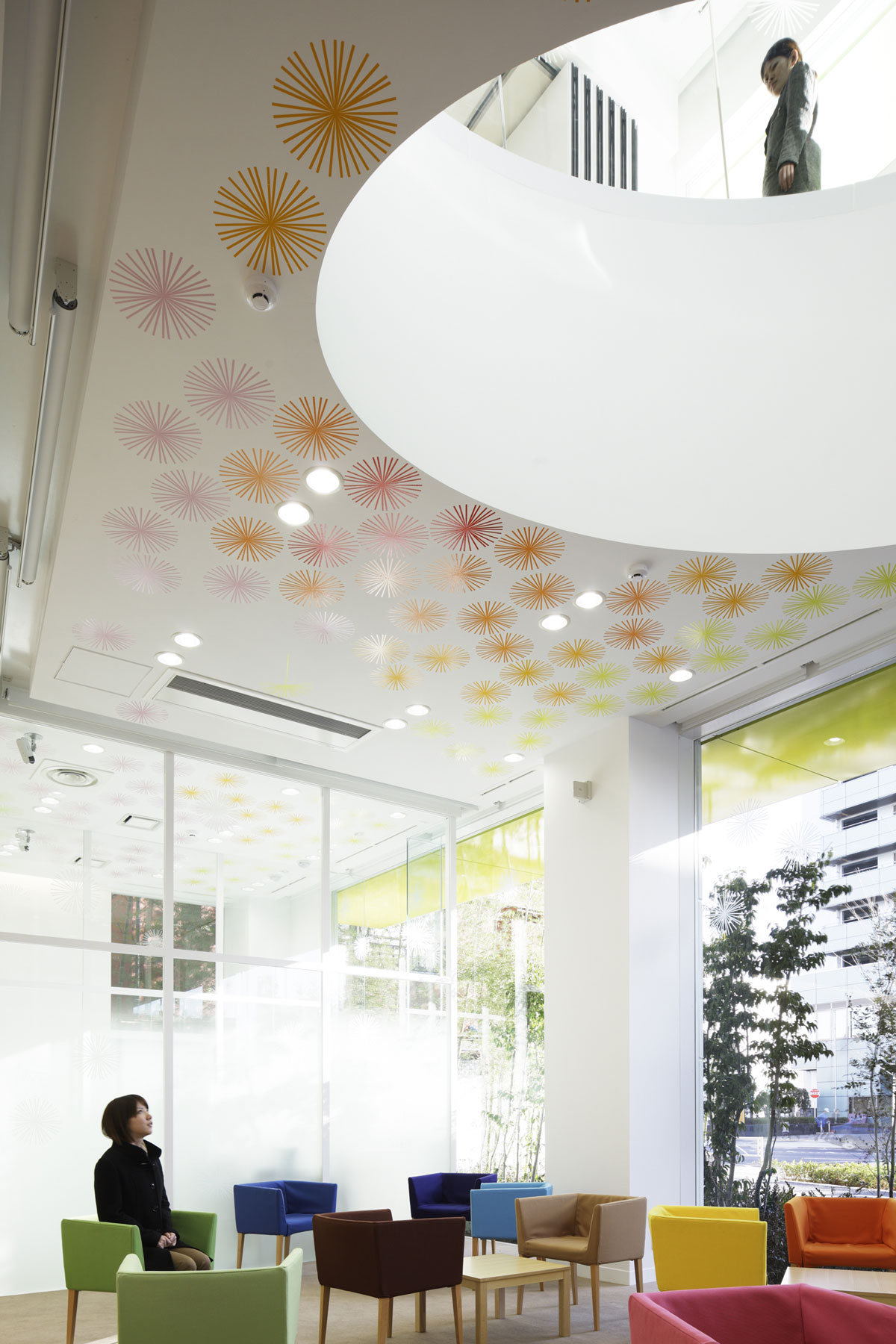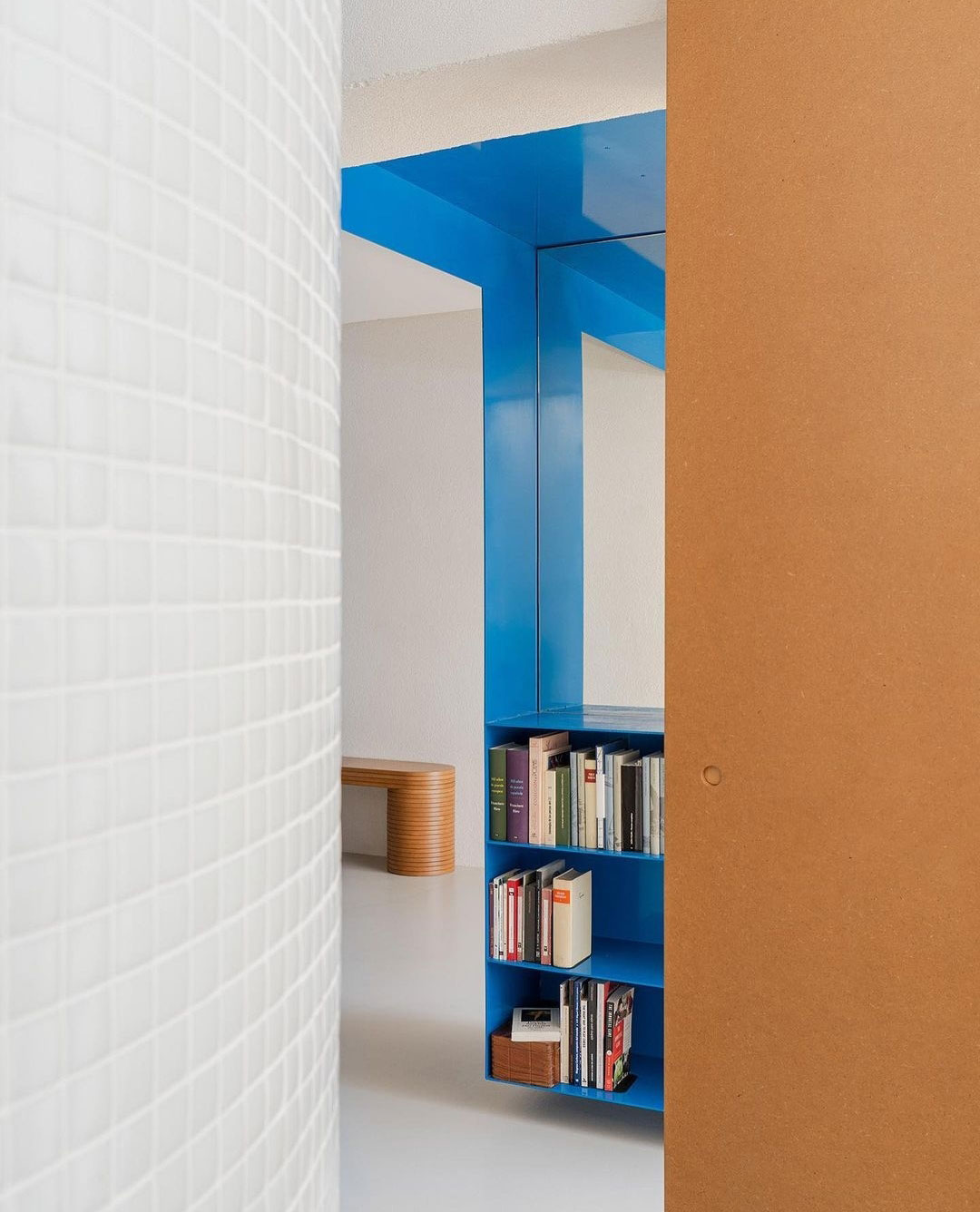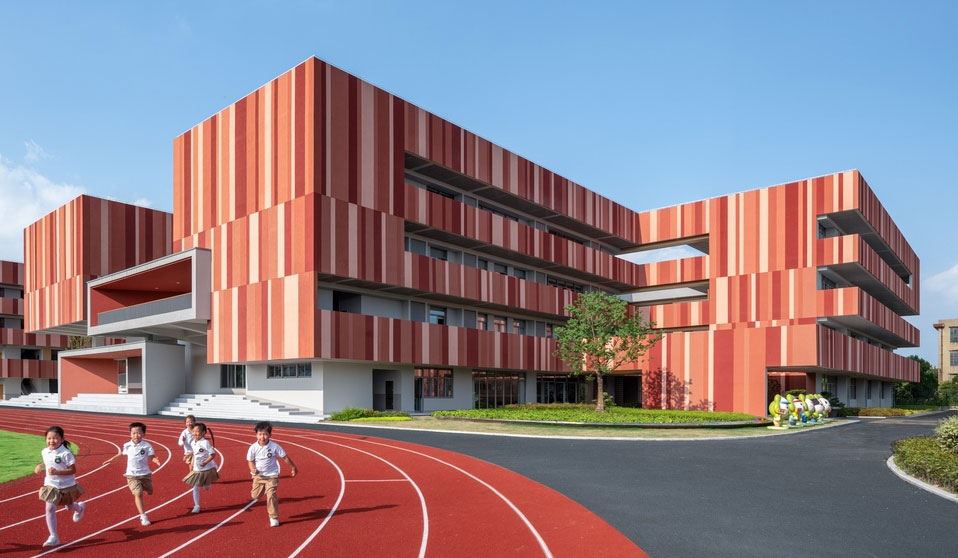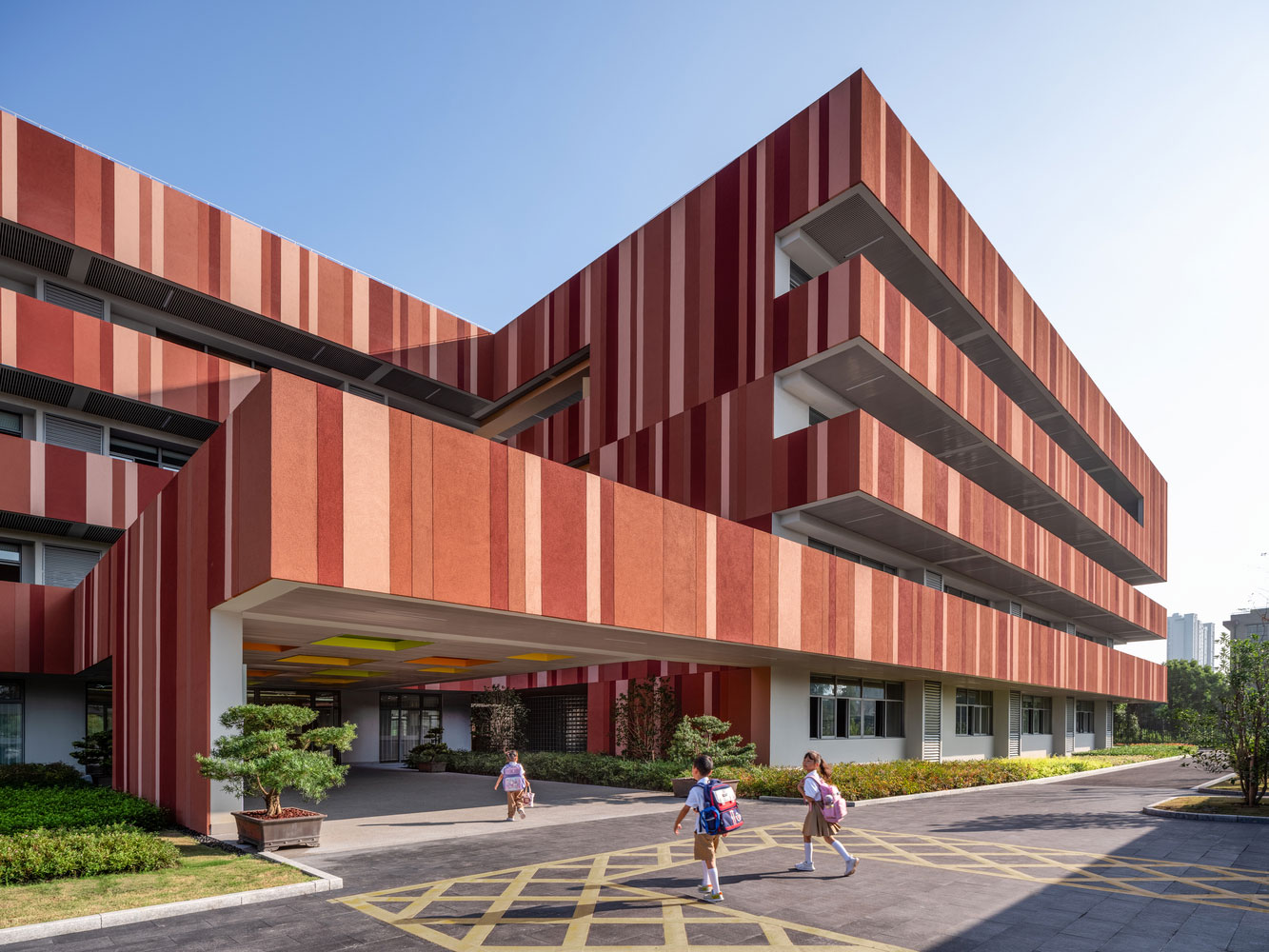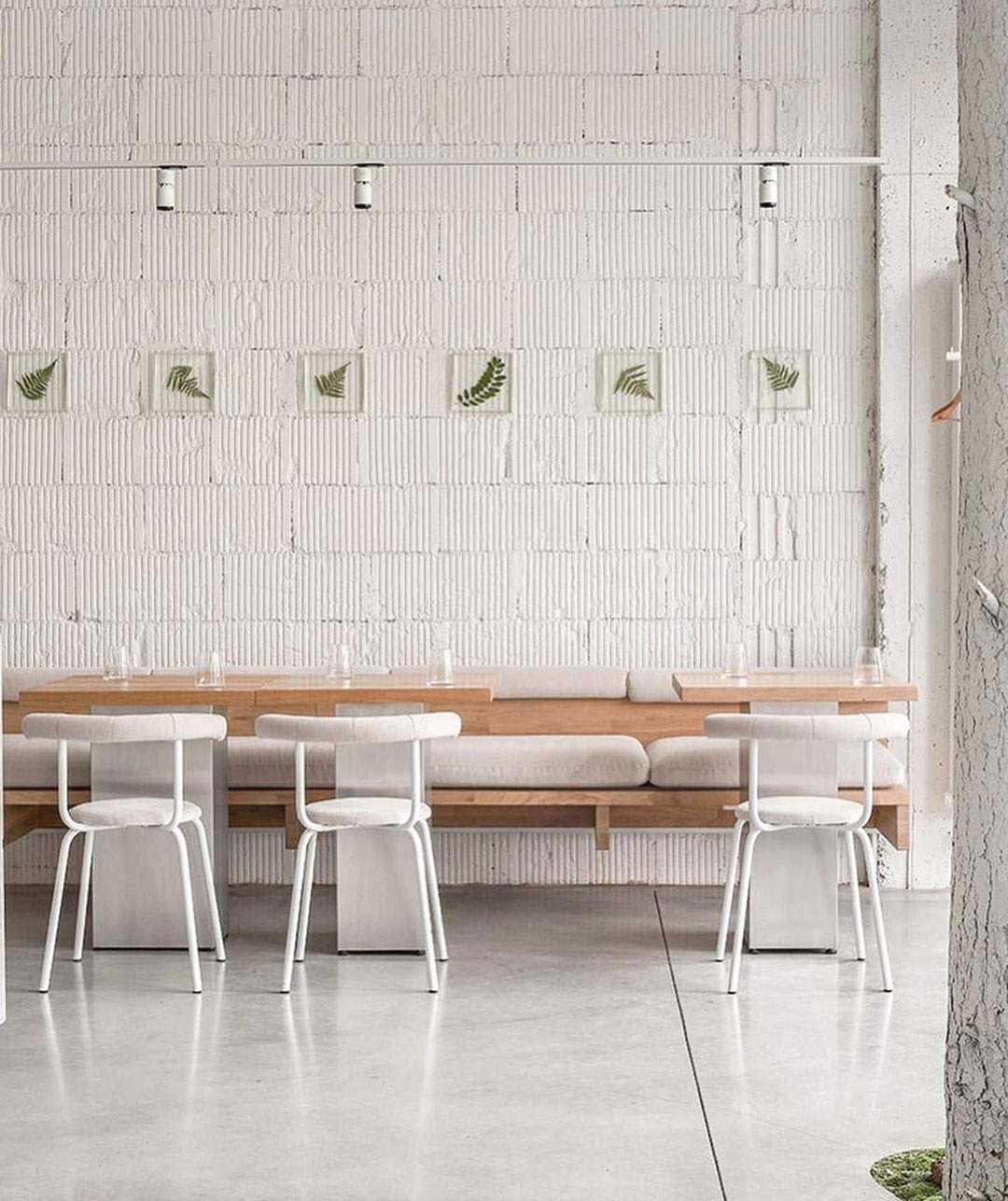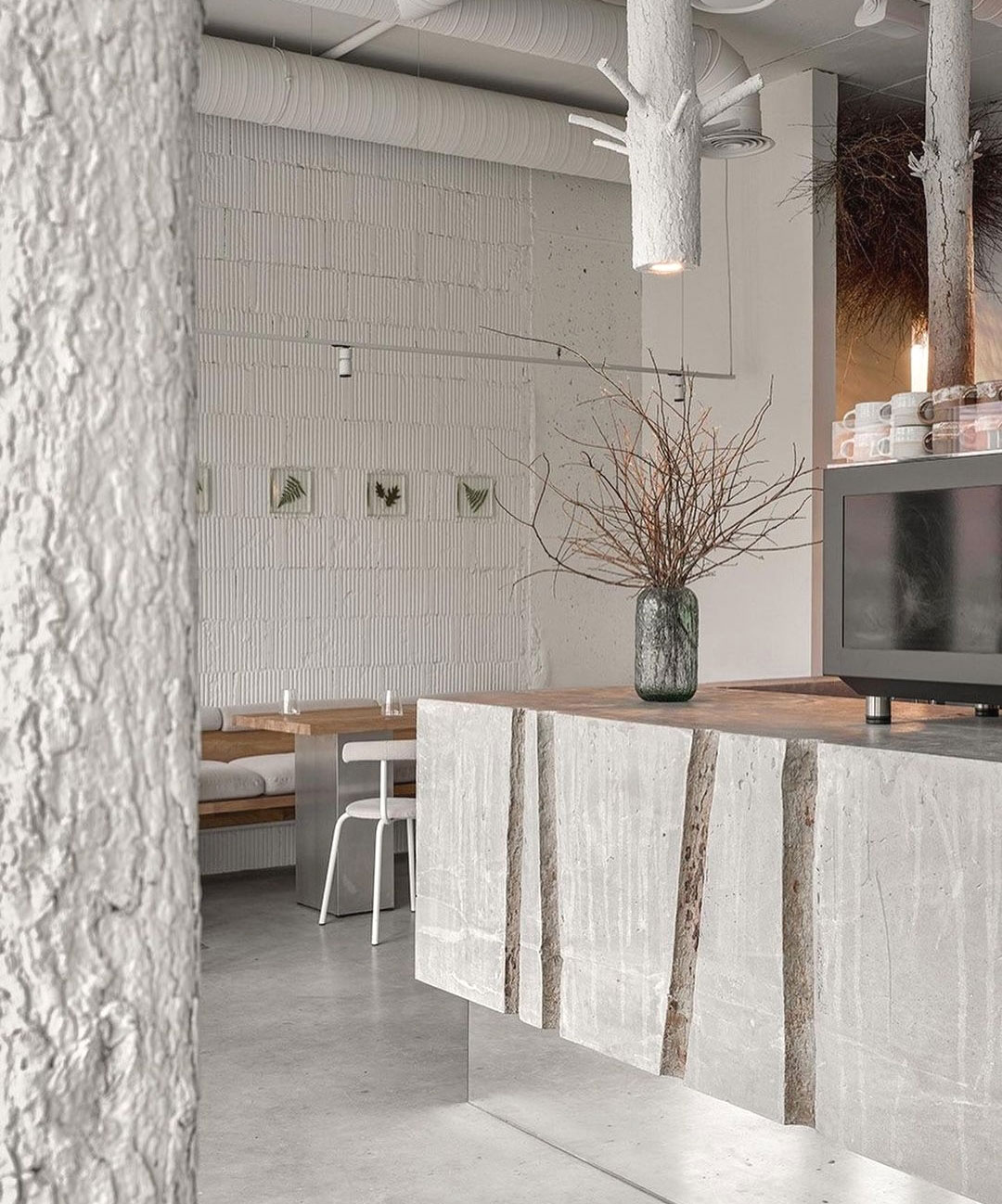LO SGABELLO PRINCIPESSA
FURNITURE | FUKSAS
Sissi è un nuovo prodotto nato dalla proficua collaborazione tra Studio Fuksas e Altreforme.
Lo sgabello, creato in concomitanza con il paravento Otto, ha una personalità ambivalente: a prima vista sembra una scultura ma ad uno sguardo più attento si percepisce la sua duplice natura di ragionata sovrapposizione di cinque elementi. Insomma, da opera puramente estetica diventa un set di cinque sedute. Sissi favorisce la socialità e, quando non necessaria, si trasforma in una scultura totemica ed accattivante attraverso un sapeinte gioco di incastri.
Gli inserti cromatici, a tinte forti e sature, rafforza la scultoreità asimmetrica sia del singolo oggetto che dell’intero sistema
Tutto all’insegna della sostenibilità. Sissi e Otto sono due prodotti ecologici, realizzati al 100% in alluminio: l’azienda lombarda adotta il concetto di filosofia green attraverso prodotti riciclabili ed ecocompatibili, realizzati con processi produttivi non inquinanti e a impatto zero.
The princess stool – Sissi is a new product born from the fruitful collaboration between Studio Fuksas and Altreforme.
The stool, created in conjunction with the Otto screen, has an ambivalent personality: at first sight it seems like a sculpture but upon closer inspection one perceives its dual nature of a thoughtful superposition of five elements. In short, from a purely aesthetic work it becomes a set of five seats. Sissi encourages sociability and, when not necessary, is transformed into a totemic and captivating sculpture through a clever play of joints.
The chromatic inserts, in strong and saturated colours, reinforce the asymmetric sculpturality of both the single object and the entire system
All in the name of sustainability. Sissi and Otto are two ecological products, made of 100% aluminium: the Lombard company adopts the concept of green philosophy through recyclable and eco-compatible products, made with non-polluting and zero-impact production processes.





